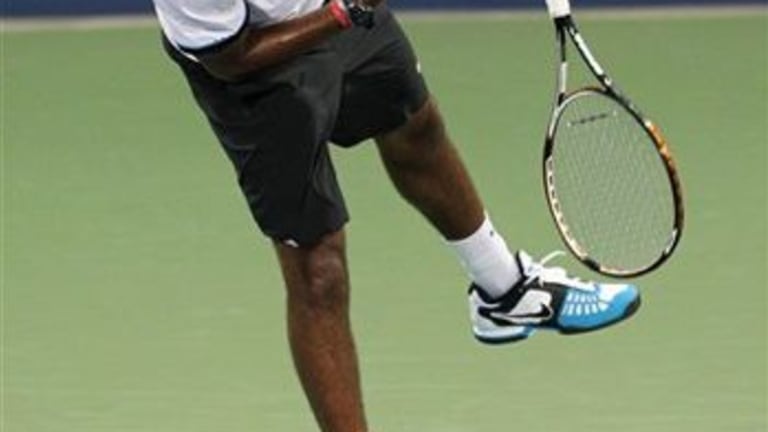“Nobody beats Vitas Gerulaitis 17 times in a row.” It might be the most famous quote in tennis history. And unlike most famous quotes, Vitas Gerulaitis actually said it, in 1980, when he finally got a win over Jimmy Connors after 16 straight defeats. The only problem for Vitas was that it wasn’t true. Going by the statistics as they were kept at the time, Gerulaitis had lost all 20 of his matches to Bjorn Borg. (Today Vitas’s head-to-head record against Borg, as listed by the ATP, is 0-16; maybe he wasn’t kidding when he made the above statement, after all).
Gerulaitis could joke about his record against Connors, but the losing streak to Borg was no laughing matter, even for the happy go lucky Brooklyn kid. In 1980, he lost to the Swede four times, one of which was a straight-set trouncing in the Roland Garros final. By the following year, Gerulaitis had grown bitter about it. Losing to his good friend over and over began to sap his love for the sport and affect his results against everyone else.
Two decades later, Vince Spadea lost an ATP-record 21 straight matches. The experience was traumatic enough that he went out and created a new, sideways-capped persona for himself, “Ain’t afraid a ya Spadea”—anything to shed the loser tag. This past weekend, we saw how little belief a player of Maria Sharapova’s stature could have against a woman who had beaten her seven straight times. Fernando Verdasco was so spooked by his countryman Rafael Nadal that he couldn’t find a way to beat him on one of his worst days, in Cincinnati last year. All he could do after his umpteenth loss in a row to Rafa was spit on the court.
Losing streaks happen, is what I'm trying to say, and they can leave scars. As anyone who follows the sport knows, tennis currently has another one on its hands. This week in Toronto a second sideways-capped American, Donald Young, lost his 16th straight match, to Jeremy Chardy. As he has on four other occasions during his streak, which dates back to the Memphis event in February, Young won the first set before falling in three. But this was a particularly painful defeat for DY, because he went all the way to a tiebreaker in the second set before double-faulting and going down 7-4. His disappointment showed in the third, which he lost, listlessly, at love.
Young has been justly criticized for leaving the USTA fold this year to be coached by his mother, Illona. With the USTA, he had the best season of his seven-year career in 2011, cracking the Top 40 for the first time; now he’s down to No. 84, with a plunge into triple digits looming. I seem to be particularly bad luck for him. Along with the Chardy match, I watched Young squander a first set lead to Benoit Paire in Casablanca, even though the Frenchman appeared at times to be tanking. I also saw Young lose a gut-wrencher to Steve Darcis at Indian Wells in a third-set tiebreaker. After saving multiple match points in the breaker to get to 5-6, he lost on a nervous error.
Young has never done himself any favors with his attitude, but whatever the reasons for his decline, you have to feel for this ex-prodigy. You can see doubt etched on his face from the first moments of his matches—he’s waiting for something to go wrong, and when you do that, you usually don’t have to wait long. DY played pretty well for two sets against Chardy, a guy who would beat Jo-Wilfried Tsonga the following day. Unfortunately, there’s a difference between playing well and winning in tennis. They’re overlapping skills, but not the same thing.

